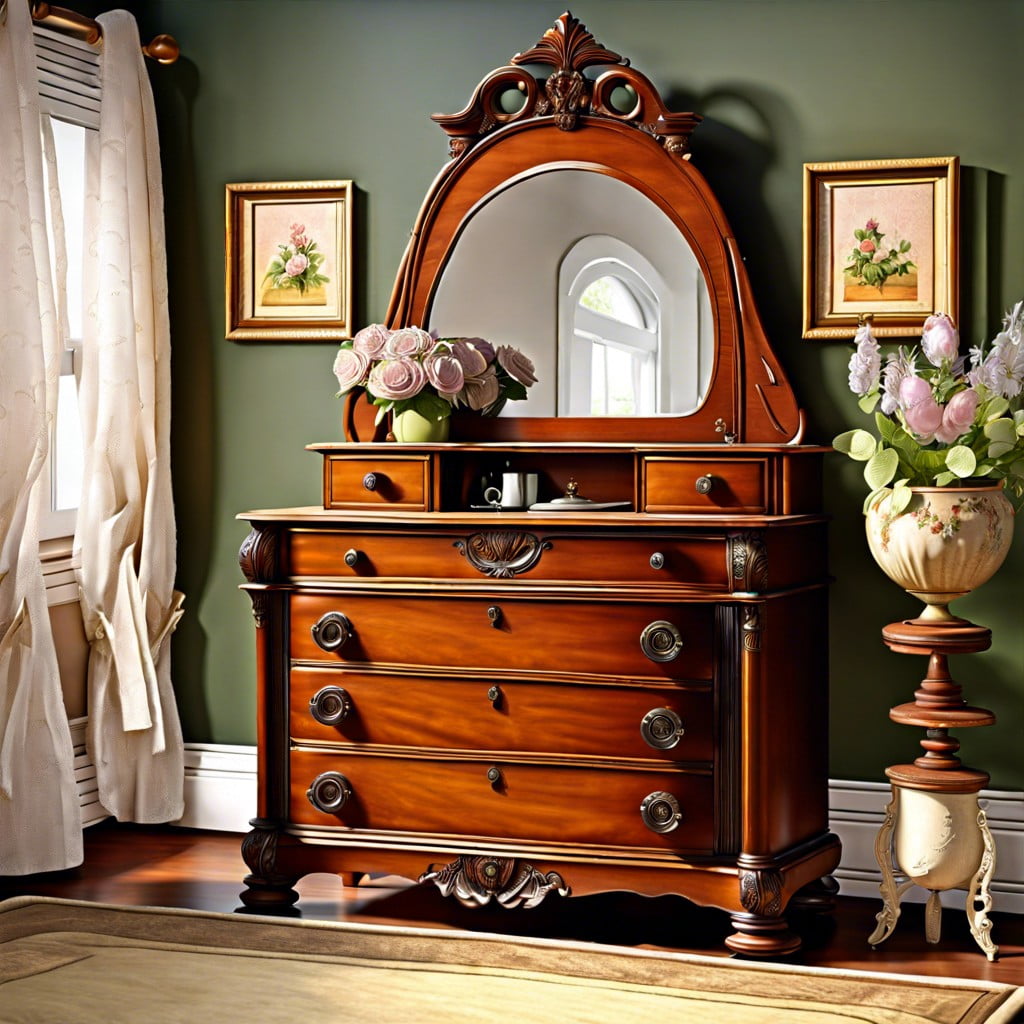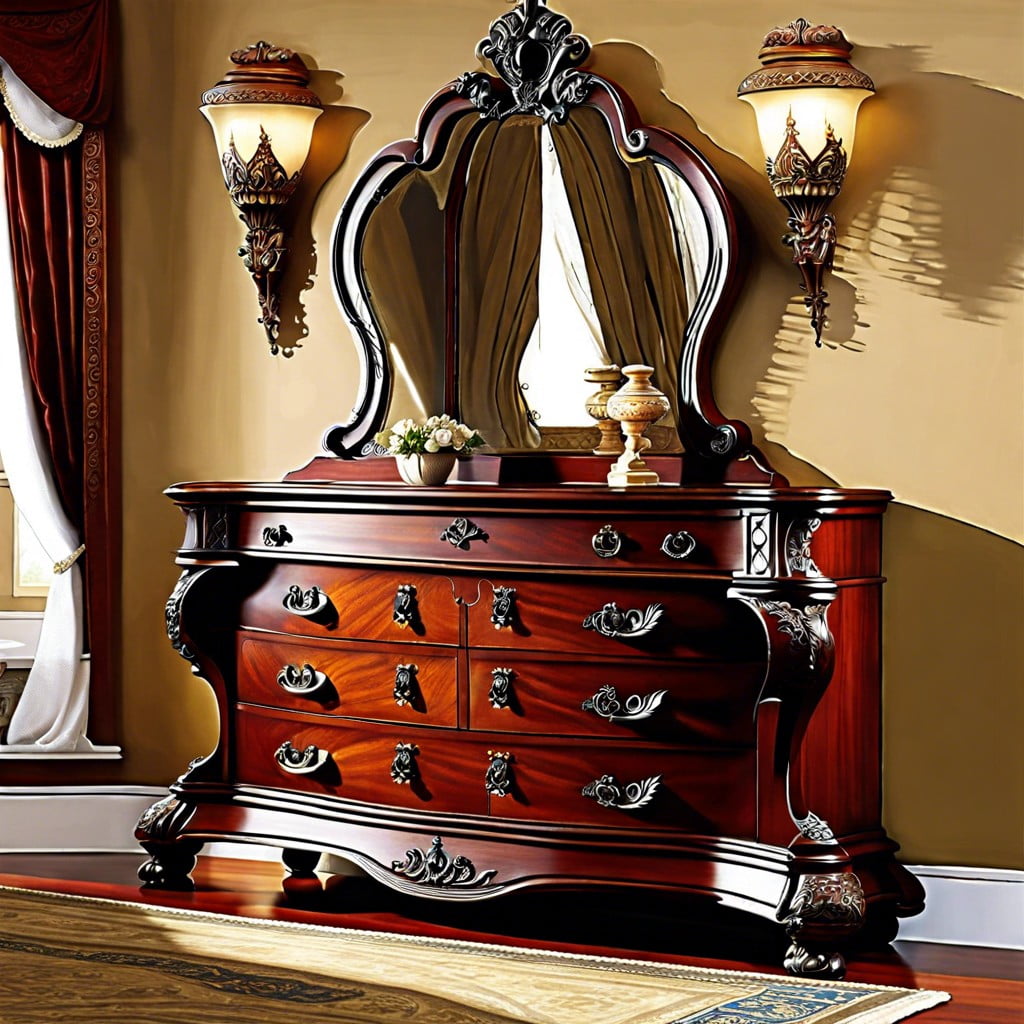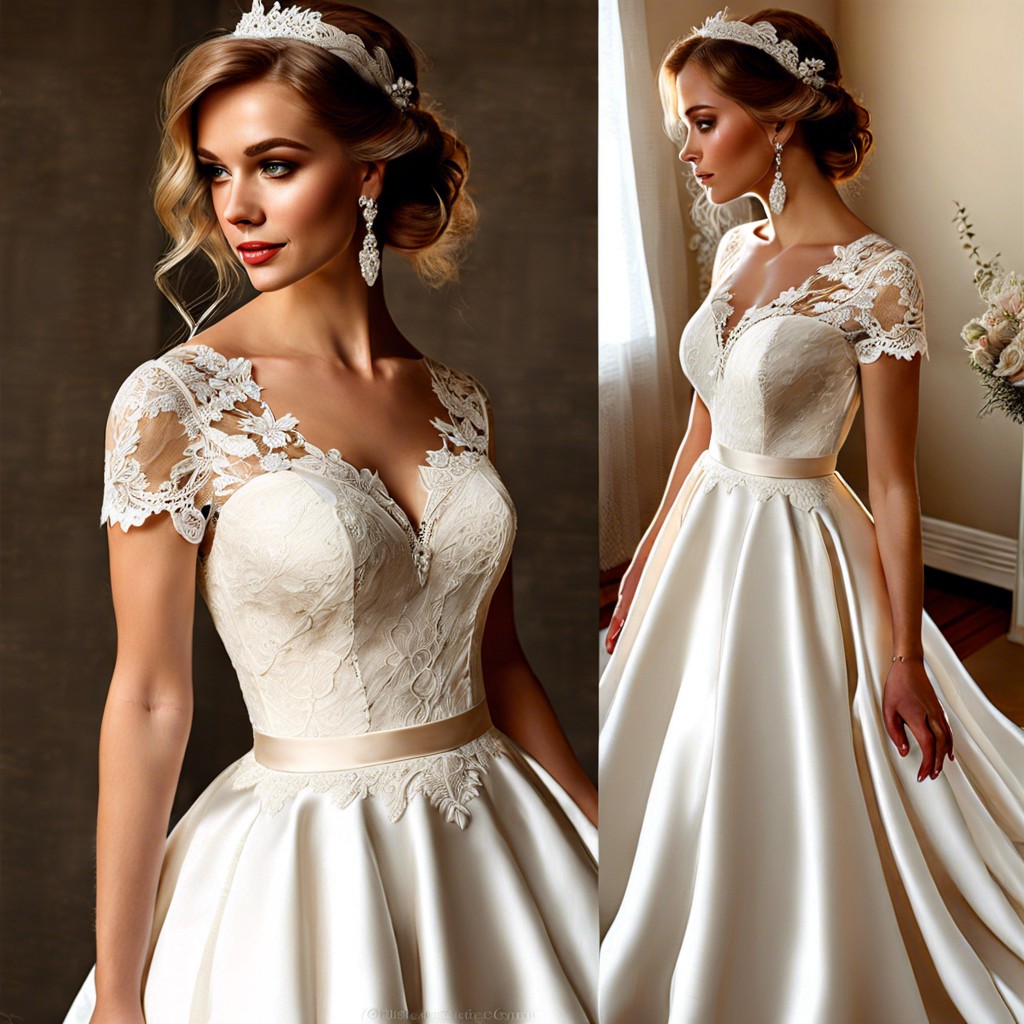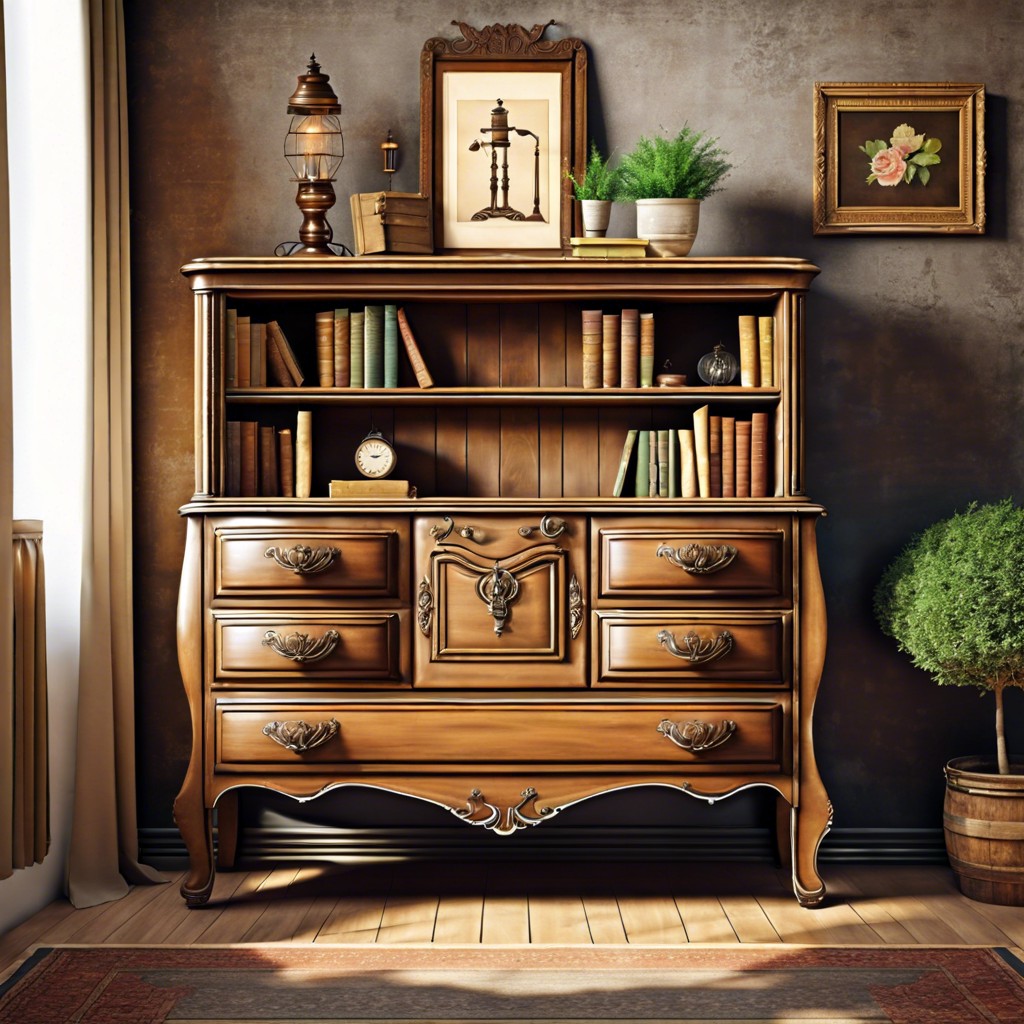Last updated on
Learn about the history, value, and care tips for antique dressers in this insightful guide.
Key takeaways:
- Antique dressers reflect historical context and cultural preference.
- Different woods and construction methods offer clues to age.
- Antique dressers signify evolving tastes and craftsmanship.
- Scrutinize condition and authenticity to determine value.
- Care for antique dressers with gentle cleaning and maintenance.
Historical Significance of Antique Dressers

Antique dressers echo bygone eras, reminding us of the craftsmanship and daily life of the past. These pieces often served as focal points in a room, blending utilitarian function with aesthetic appeal. Originating as early as the 17th century, they reflect a variety of design philosophies and social trends. From the ornate detailing of the Victorian period to the simpler lines of Shaker furniture, each style signifies a particular historical context and cultural preference.
The wood used can be a telltale sign of age: mahogany, walnut, and oak were common in different periods. Inlays, marquetry, and veneers were traditional ways to add sophistication and artistic value. The construction methods, such as dovetail joints or handmade nails, provide clues to the dresser’s time period.
Placed in homes across various socioeconomic strata, dressers could be indicators of wealth. Fine examples may have been made by notable furniture makers, whose work today garners high interest from collectors and historians alike. Studying these antique pieces offers a window into the past, allowing us to grasp the evolution of interior design and domestic lifestyles over the centuries.
Styles and Materials

Antique dressers hark back to various design periods, each with its distinct aesthetic. From the ornate carvings of Victorian furniture to the sleek lines of the mid-century modern era, these storied pieces reflect the evolving tastes and craftsmanship of their time.
Predominantly, these dressers were crafted from durable woods such as mahogany, oak, walnut, and cherry. In some cases, exotic woods like rosewood were used for veneering, heralding status and fine taste. The choice of material not only signified the period’s quality standards but also what was available and revered at that time.
Dovetail joints are common in drawers of older furniture, indicating handcrafted durability. Meanwhile, metal hardware can offer clues about age, with original cast iron or brass pulls being highly prized.
In recognizing styles, key elements are the legs and feet of a dresser—spindle-like shapes might whisper of the Gustavian era, while claw-and-ball feet suggest the influence of Chippendale design. Through these features, an antique dresser silently narrates its history and lineage.
Evaluating Condition and Authenticity
Scrutinizing an antique dresser for its condition involves a keen eye. Check for wear and tear that aligns with the piece’s purported age. Uneven fading and minor scratches are normal, but be wary of new screws or uncharacteristic materials that could indicate alterations or repairs.
Authenticity is the jewel in the crown of antiques. Inspect maker’s marks, construction techniques, and wood patina. Dovetail joints often reveal age; finer, hand-cut dovetails typically date before the late 1800s, while machine-cut ones suggest a later manufacture. Tool marks, especially in hidden areas, can also speak volumes about the era of craftsmanship.
Beware of reproductions masquerading as antiques—sometimes an item is older than yesterday but not old enough to be an antique. Compare with documented pieces and, if possible, consult an expert.
Remember, a genuine antique dresser carries its history in every joint and drawer pull, so let the piece whisper its story to you.
Value Assessment
Determining an antique dresser’s worth is akin to piecing together a historical puzzle. Age, rarity, and origin play a significant role but don’t tell the whole story. Provenance, or the dresser’s history of ownership, can add layers to its narrative, thereby enhancing its value.
Craftsmanship quality and the condition of the piece are critical. Check for original hardware, intact inlays, and minimal restorations – these elements preserve the item’s integrity and boost its monetary worth. Moreover, well-preserved pieces that require little repair are often more desirable in the market.
Market demand fluctuates and is influenced by trends. Currently coveted styles or makers will fetch a higher price. Stay abreast of market shifts by attending auctions, visiting antique shops, and reading relevant publications.
Lastly, keep in mind the appraisal context; insurance valuations usually run higher than fair market prices. For a reliable estimate, consult with multiple experts. Different perspectives can provide a more rounded view of your antique dresser’s value.
Caring for Antique Furniture
Antique dressers have stood the test of time, but they do require a gentle touch when it comes to upkeep. Regular dusting with a soft, lint-free cloth can work wonders in maintaining the finish. It’s like a gentle pat on the back for these seasoned pieces.
Direct sunlight may give us life, but it’s the arch-nemesis of vintage wood, causing fading and cracking. Positioning your dresser away from sunny windows or using blinds can be a furniture lifesaver.
Humidity swings are no friend to antique wood, either. They can cause warping or splitting. Maintaining a stable environment keeps the wood from throwing a fit.
Polishes and waxes often promise a new lease on life for furniture, but the wrong type can be the kiss of death for antiques. Opt for a wax formulated for vintage furniture to ensure you’re not doing more harm than good.
Lastly, for those pesky rings from coffee mugs or glasses, a blend of equal parts olive oil and vinegar can make them vanish like a magic act. With a soft cloth, apply the mixture to the affected area, and watch the blemish fade into oblivion. Remember, with antiques, a stitch in time saves nine. Regular, light maintenance can prevent the need for major restorations down the line.




